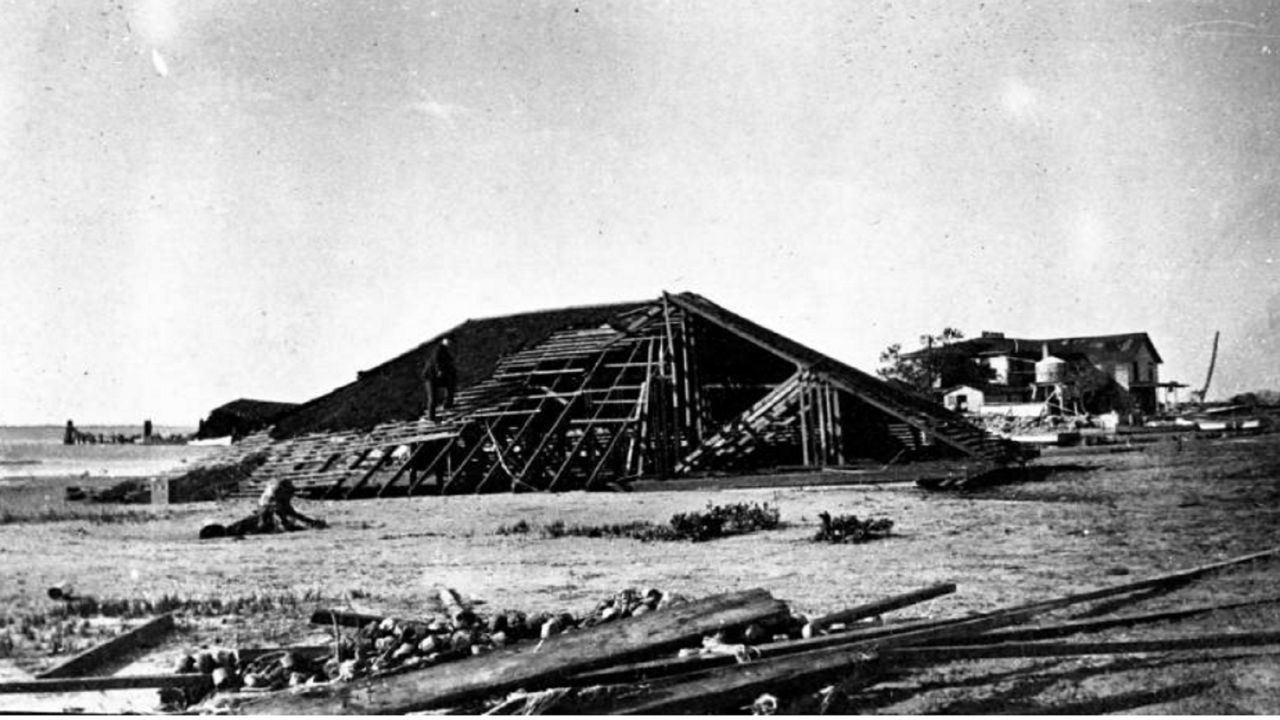One of the darkest days in Tampa Bay’s history took place 101 years ago when a major hurricane made a direct landfall on Tampa Bay.
Parts of the area became submerged under 10 feet of water from a deadly storm surge with breaking waves destroying buildings.
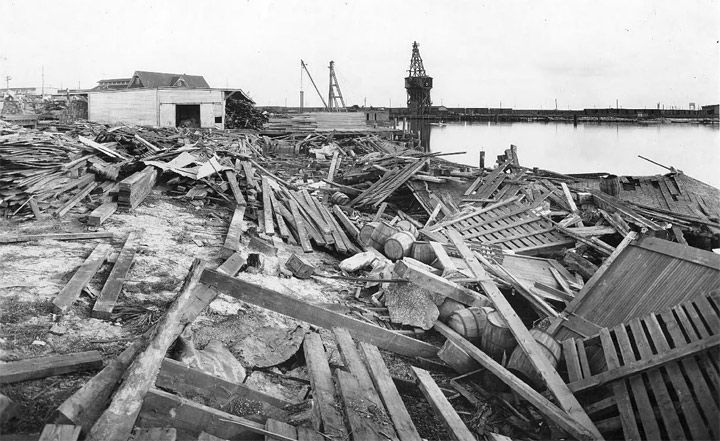
It is known as the 1921 Tampa Bay Hurricane, which made landfall near Tarpon Springs on Oct. 25. It wasn’t as damaging or nearly as deadly as other hurricanes to strike our state, but it was the strongest to strike Tampa Bay in the past 101 years.
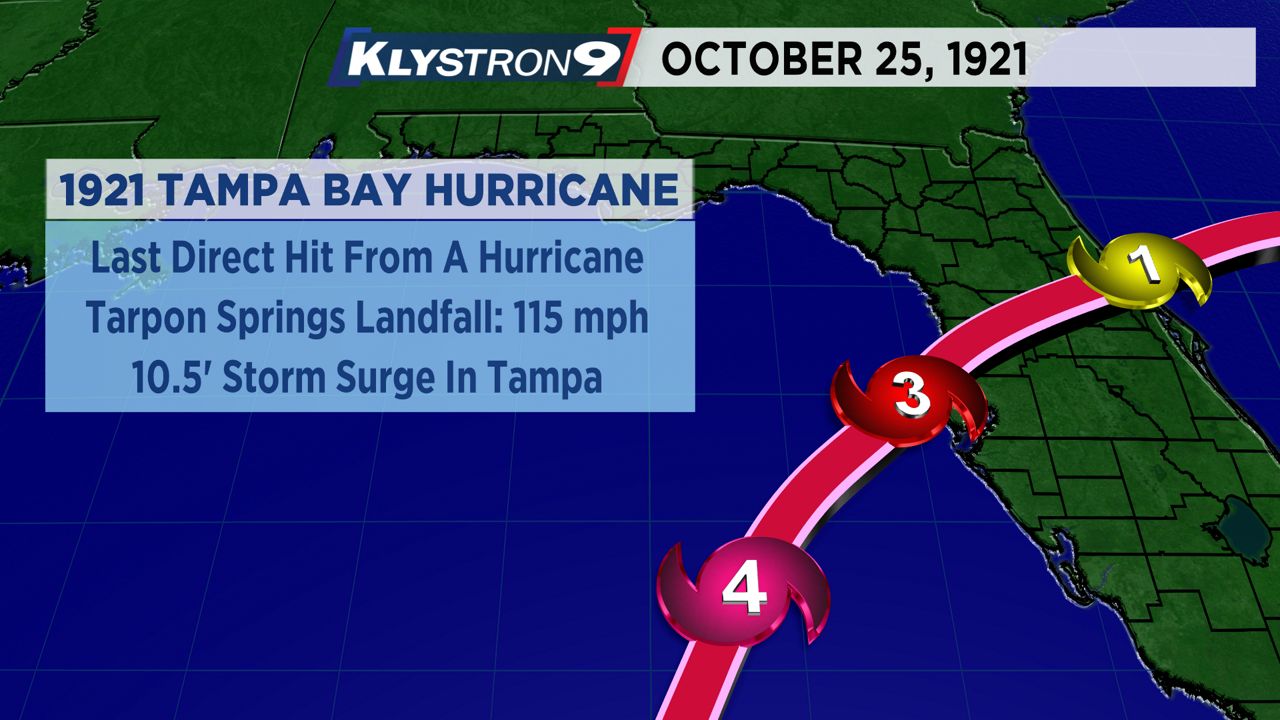
Like many storms to strike Florida during the month of October, it originated over the western Caribbean. On Oct. 23, an air pressure of 27.80” (941 mb) was observed in the Yucatan Channel, an indication of a major hurricane. It's estimated to have been a Category 4 hurricane as it was passing west of Cuba on Oct. 24.
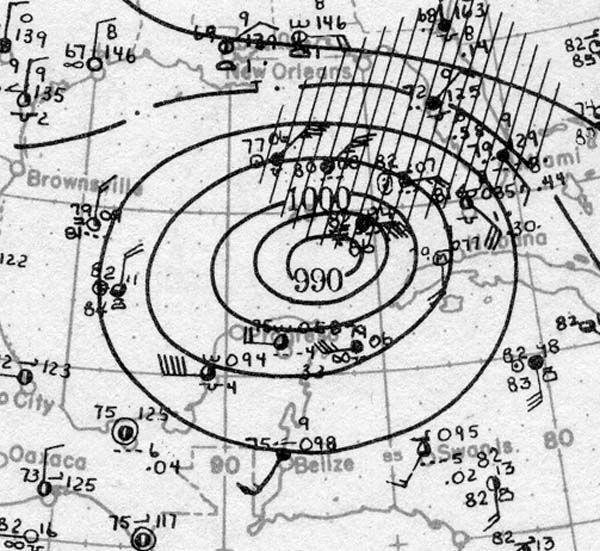
The hurricane would bring severe damage to our area at a critical time.
Tampa Bay was booming in the early 1920s. The metro area was seeing explosive growth, especially when it came to real estate. It was a period known as the “Big Boom” that followed World War I. Families emerged from the war with the ability to go on vacation and to relocate, bringing many to Florida.

Rodney Kite-Powell, Director of the Touchton Map Library at the Tampa Bay History Center, said the reaction by locals following the storm was very interesting. Locals were afraid the damage left behind by the hurricane would deter people from moving to Tampa Bay, putting the area behind during the "Big Boom."
"They didn't want anything that would prevent people from wanting to move here," Powell said. "So if you thought this was a place that either couldn't handle a disaster like this or was dangerous and vulnerable to disasters like this, then you wouldn't come here. And they didn't want that at all."

Local newspapers downplayed some of the headlines following the storm. Government officials and business leaders turned down help from organizations and other cities across the country. They wanted more people to visit or relocate to Tampa Bay.
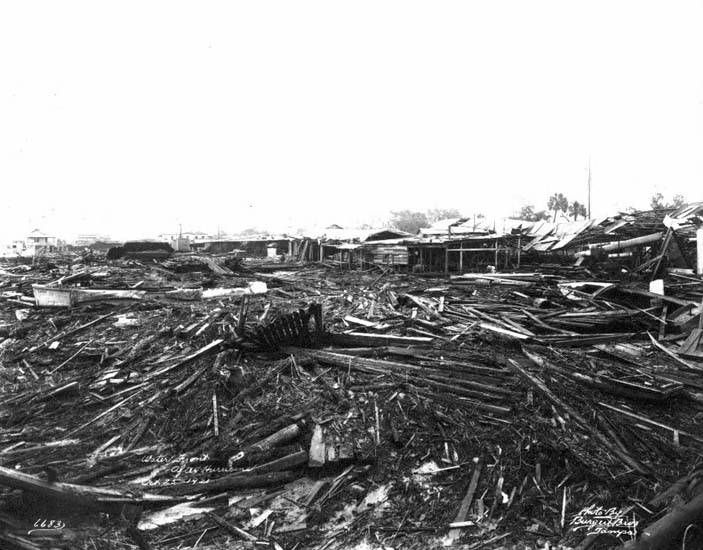
As the hurricane approached from the southwest, residents were unprepared for what was to come.
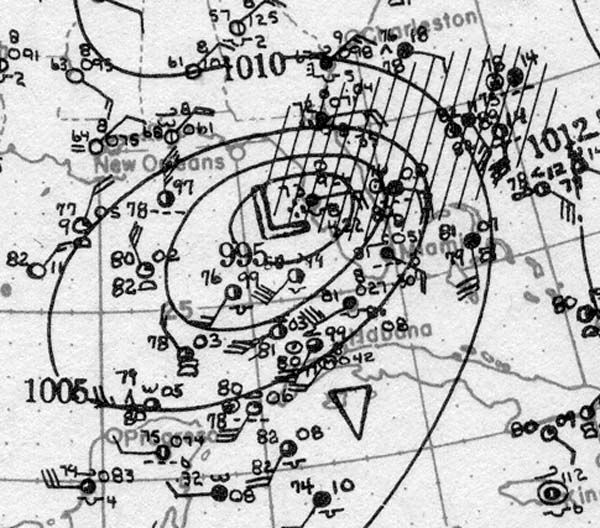
The hurricane delivered a destructive storm surge that inundated downtown Tampa with 10.5 feet of water and parts of northern Pinellas County with up to 11 feet of water.
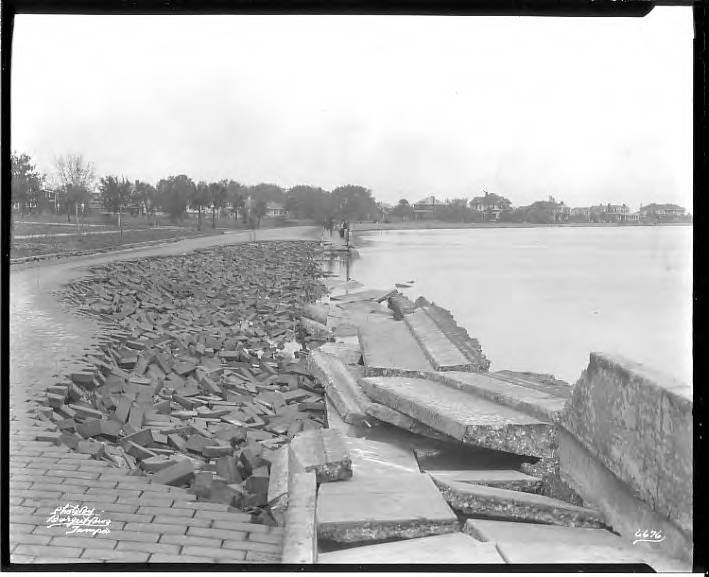
In Tampa, the surge surpassed the seawall at Bayshore, causing great destruction to the infrastructure and homes along the road. "On Bayshore, there wasn't a unified seawall," Powell said. "It wasn't until after the hurricane that they unified the look of the seawall."

The most severe flooding from the storm surge took place in Palmetto Beach, Edgewater Park and Desoto Park, where the water rose to the second story of buildings. Breaking waves on top of the surge destroyed many buildings.
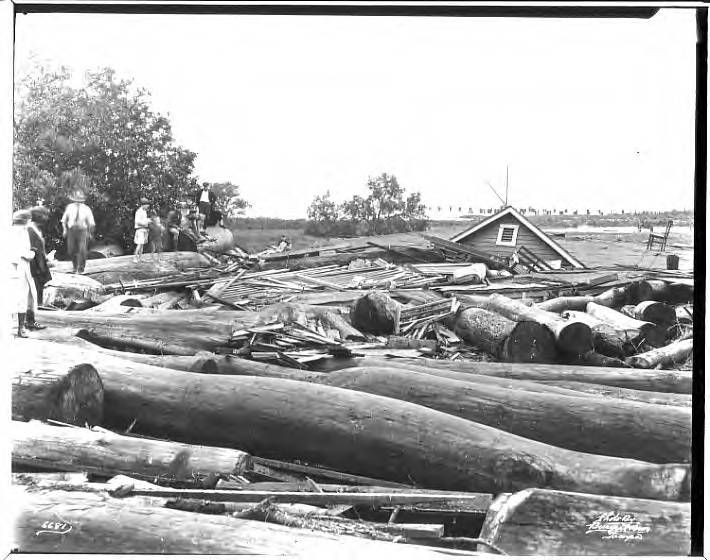
It is believed the storm surge backed up in Tampa Bay and flowed over Pinellas County, draining out into the Gulf of Mexico. The surge split Pinellas County in half and parts of the county became an island until the water receded soon after the storm passed.
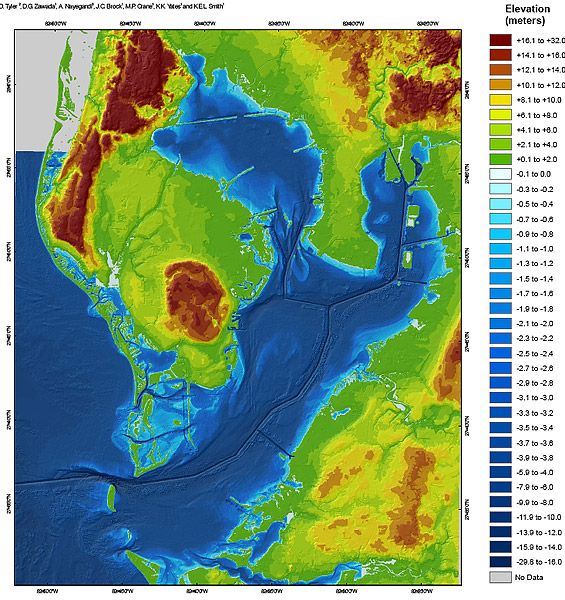
So much water was shoved into Tampa Bay and it took the path of least resistance, flowing along the Bayou that extends from Feather Sound toward the Gulf of Mexico.
The surge also destroyed docks, boats and railroad tracks.
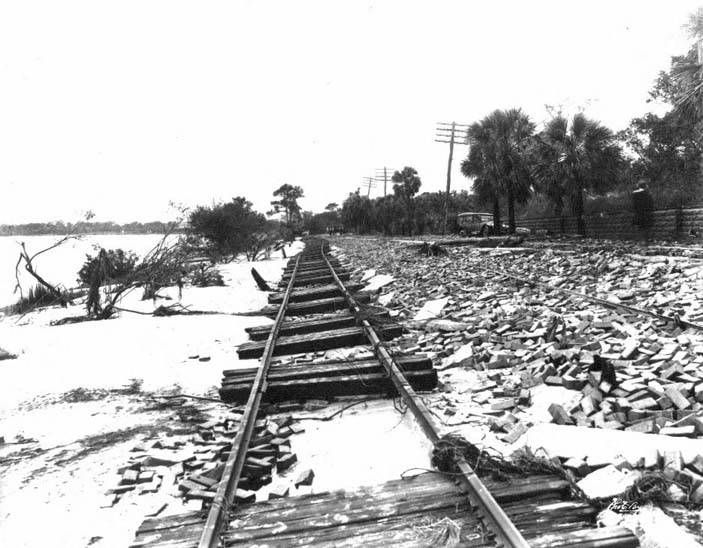
There were significant losses to crops across the area, including on farms well inland.
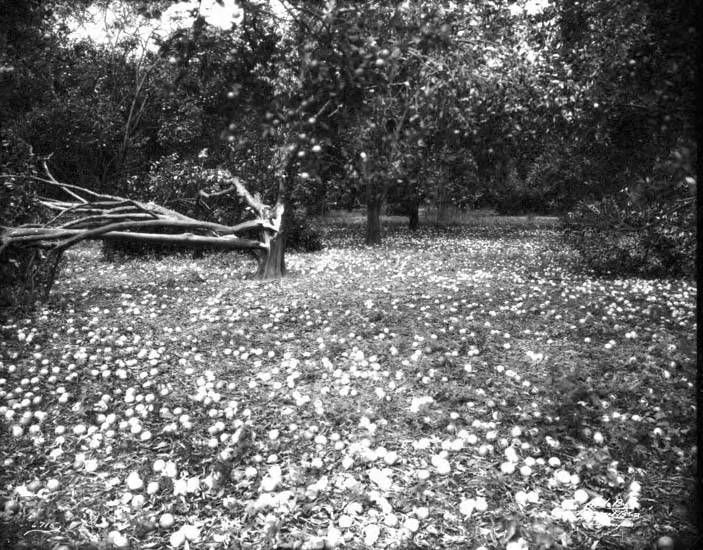
Damage was estimated to exceed $10 million in 1921 dollars, which is roughly $120 million today. Eight people died in the hurricane, including two people in Tampa who drowned in the surge.
A century later and Tampa Bay hasn't seen a hurricane comparable to the 1921 hurricane. The population around Tampa Bay has grown by nearly three million people since the 1921 Tampa Bay Hurricane. The infrastructure continues to expand and critical infrastructure such as the airports, hospitals and Tampa's wastewater treatment facility are all in flood zones.
The historic storms of the past have helped shape the tough building codes of today with the goal to reduce potential damage.
While we don’t know when the next major hurricane will hit our area again, it's important to have your hurricane plan ready to go each year.
Our team of meteorologists dives deep into the science of weather and breaks down timely weather data and information. To view more weather and climate stories, check out our weather blogs section.




